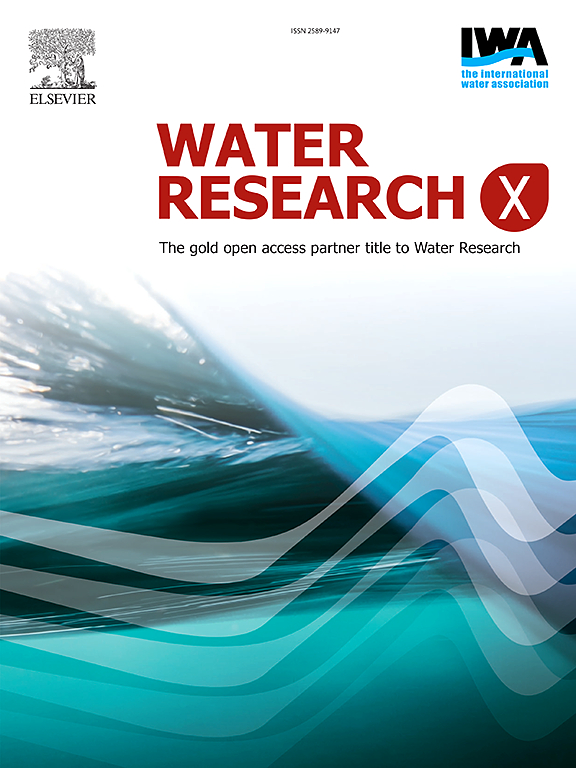Layer-by-layer synthesis of copper hexacyanoferrate on 3D-printed scaffolds for efficient ammonium recovery
IF 8.2
2区 环境科学与生态学
Q1 ENGINEERING, ENVIRONMENTAL
引用次数: 0
Abstract
Ammonium contamination in wastewater, which originates from various sources such as agriculture and livestock activities, poses significant environmental challenges while also serving as a valuable resource for recovery. Effective ammonium removal is essential for mitigating its impact on aquatic ecosystems, where it disrupts ecological balance and promotes toxic algal blooms. This study explores the potential of copper hexacyanoferrate (CuHCF), a widely recognized adsorbent among Prussian blue analogs (PBAs), for efficient ammonium adsorption due to its remarkable capacity and selectivity. CuHCF was immobilized on a three-dimensional (3D) printed scaffold using a layer-by-layer synthesis method, which significantly enhanced immobilization efficiency and adsorption performance compared to conventional single-layer methods. Analytical techniques, including Fourier-transform infrared spectroscopy (FTIR), scanning electron microscopy (SEM), X-ray diffraction (XRD), inductively coupled plasma mass spectrometry (ICP-MS), and thermogravimetric analysis (TGA), confirmed the introduction of carboxyl groups on the polylactic acid (PLA) scaffold through surface modification, enabling higher CuHCF loading. Adsorption tests revealed fast kinetics within 2 h, sustained adsorption performance for up to 10 days in continuous column experiments, and significant regeneration potential over five continuous cycles. These findings demonstrate the potential of the layer-by-layer synthesized CuHCF-immobilized filter for ammonium recovery from wastewater.
在3d打印支架上逐层合成六氰高铁酸铜,以实现高效的铵回收
废水中的铵污染来自各种来源,如农业和畜牧业活动,对环境构成重大挑战,同时也是一种宝贵的回收资源。有效去除铵对于减轻其对水生生态系统的影响至关重要,因为它破坏了生态平衡,促进了有毒藻华。六氰高铁酸铜(CuHCF)是普鲁士蓝类似物(PBAs)中被广泛认可的吸附剂,由于其卓越的吸附能力和选择性,本研究探讨了CuHCF在高效吸附铵离子方面的潜力。采用逐层合成的方法将CuHCF固定在三维(3D)打印支架上,与传统的单层方法相比,该方法显著提高了固定效率和吸附性能。傅里叶变换红外光谱(FTIR)、扫描电镜(SEM)、x射线衍射(XRD)、电感耦合等离子体质谱(ICP-MS)和热重分析(TGA)等分析技术证实,通过表面改性,聚乳酸(PLA)支架上引入了羧基,从而实现了更高的CuHCF负载。吸附测试表明,2小时内快速动力学,连续柱实验中持续吸附性能长达10天,连续5个循环再生潜力显著。这些发现证明了逐层合成cuhcf固定化过滤器回收废水铵的潜力。
本文章由计算机程序翻译,如有差异,请以英文原文为准。
求助全文
约1分钟内获得全文
求助全文
来源期刊

Water Research X
Environmental Science-Water Science and Technology
CiteScore
12.30
自引率
1.30%
发文量
19
期刊介绍:
Water Research X is a sister journal of Water Research, which follows a Gold Open Access model. It focuses on publishing concise, letter-style research papers, visionary perspectives and editorials, as well as mini-reviews on emerging topics. The Journal invites contributions from researchers worldwide on various aspects of the science and technology related to the human impact on the water cycle, water quality, and its global management.
 求助内容:
求助内容: 应助结果提醒方式:
应助结果提醒方式:


